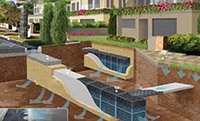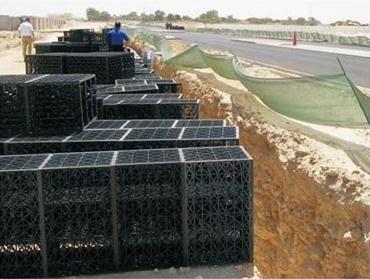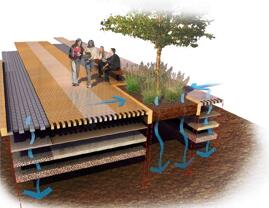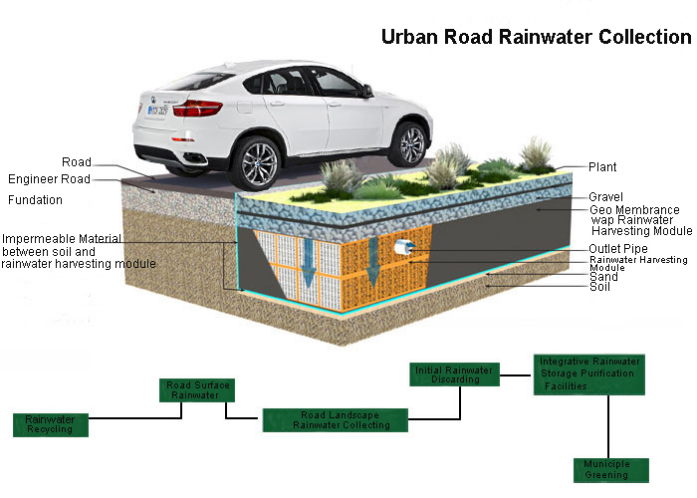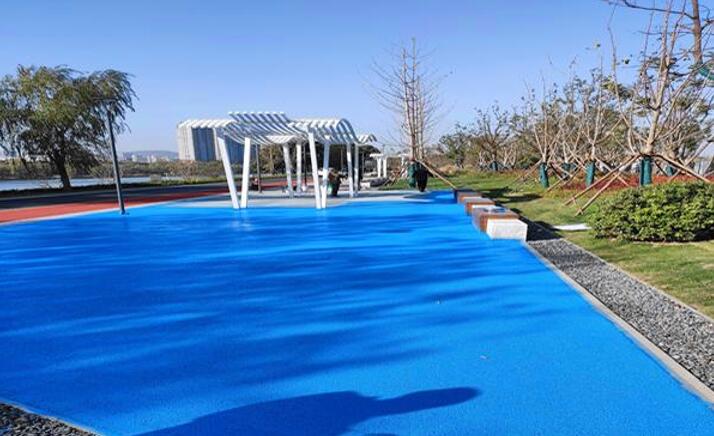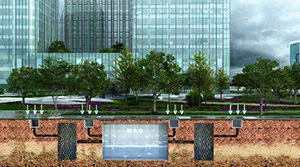Brief Introduction of Rainwater Infiltration
Rainwater infiltration is an effective method to replenish groundwater, which becomes depleted with overuse, and recharge can be hindered or prevented by soil compaction and hard surfaces. Rainwater infiltration can also be combined with rainwater collection and use.
What is Rainwater Infiltration?
Allowing water to infiltrate into and percolate through the soil replenishes ground water and can recharge soil aquifers. Slowing overland runoff on landscaped surfaces, using permeable pavements, and creating green infrastructure that holds and infiltrates collected rainwater (stormwater) are general methods used. These are better described as:
- Rain garden or bioswale
- Permeable concrete, asphalt and segmental pavement
- Infiltration ditches, ponds, and swales
- Infiltration pipes and chambers
- Infiltration field
Infiltration and permeability calculations
The volume to be infiltrated is most often derived from a specific rainfall event runoff, such as a two-year or a ten-year storm. Collected water is depleted from the temporary storage in a predetermined time period, such as 24 hours, some jurisdictions using up to 96 hours. Storage capacity will need to allow for the accumulation, storage,and infiltration of water, with all three variables occurring at the same time. Storm event parameters and draw-down duration of infiltration systems can vary greatly according to the local municipality’s regulations and to climate and site conditions. Accumulation over time is calculated with detailed formulas, and soil permeability dictates sizing of the storage component, also affecting the length of time allowed for infiltration before the next influx period.
Rainwater infiltration guidelines
- The method of rainwater infiltration will be determined by site conditions and technical and economic benefits.
- Impermeable parking, roads and walkways should be constructed higher than the surrounding green space for rainwater (stormwater) sheet flow to enter surface storage areas to the side.
- Parking and other hard-surface areas can utilize permeable pavements to prevent runoff, and to collect the water below the finished grade.
- Water table, hardpan and bedrock formations, among other things, will determine the depth and location of infiltration systems.
- Permeable concrete
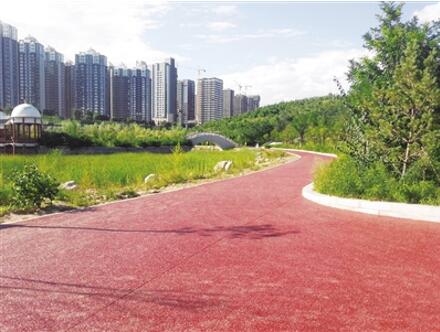
- Rainwater infiltration tanks underground
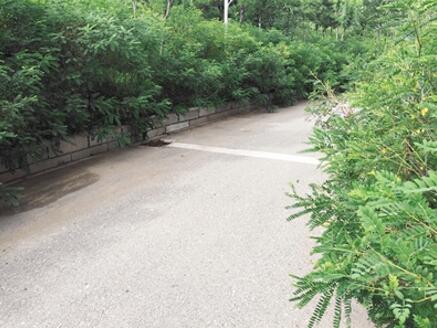
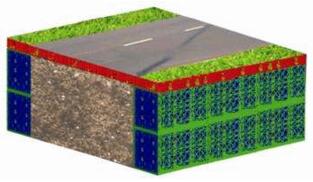
- Permeable bricks used in Parking lot permeable pavement
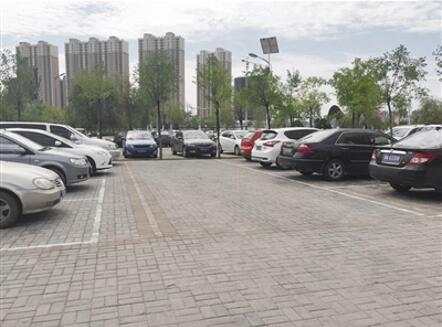
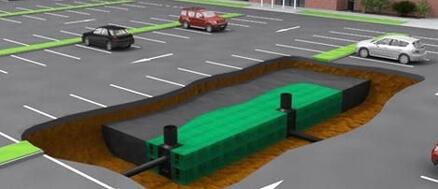
- Green land infiltration
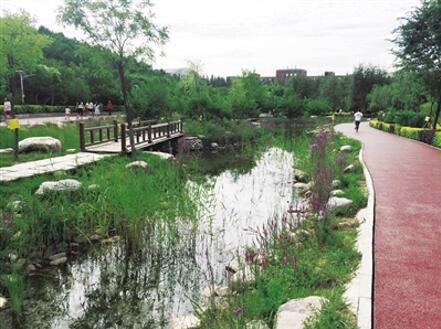
We will continue to update some more specific information about rainwater infiltration on our company’s website in the near future.
Thanks to Ken Nentwig for correcting and modifying this article.


